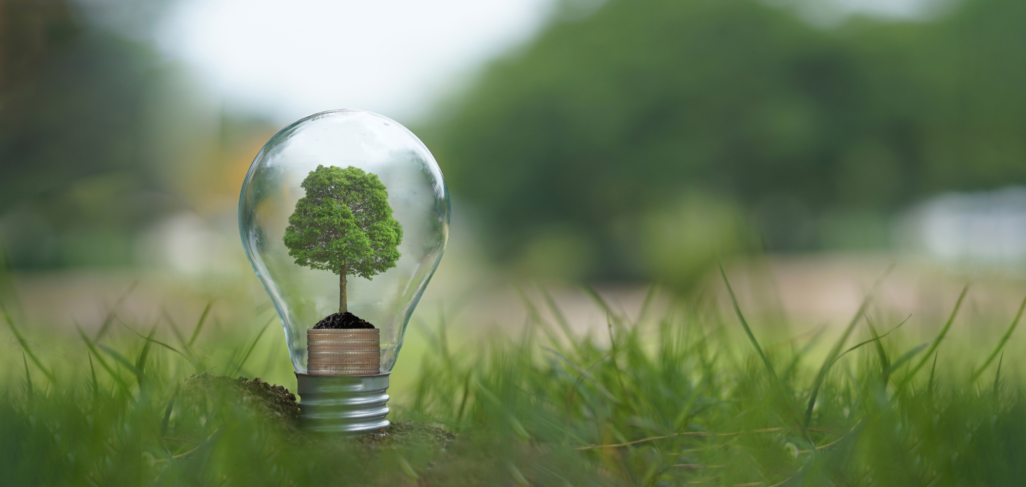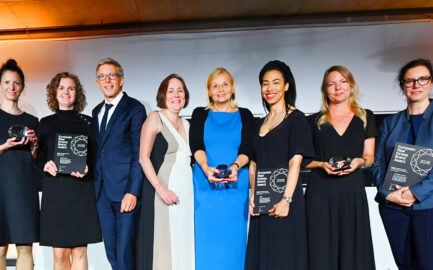It is far from a secret any longer that the earth’s resources are limited. In order to use them as sparingly as possible, it is advisable to have defective electrical appliances repaired and to pay attention to their longevity when purchasing a new appliance. This way, you actively help conserve resources and protect the environment. In this article, klimaaktiv Haushalte outlines which criteria to look out for when making a purchase in order to make a valuable contribution to greater sustainability despite buying a new appliance.
A look into the products is worthwhile
The most sustainable approach would be not to consume at all. However, as we need certain appliances in our daily lives, it is all the more important to ensure that they are environmentally compatible. But how do you recognise this? Generally speaking, environmentally compatible product development is known as “eco-design”. This is based on six principles:
- Durability: The appliance should be used for an extended period of time.
- Repairability: The appliance should be easy to repair.
- Resource efficiency: The benefits of the appliance should exceed the resources required to manufacture and use it.
- Recyclability: The parts of the appliance should be reusable or recyclable.
- Use of renewable raw materials: The appliance should be made (at least to a significant extent) from renewable raw materials.
- Low levels of hazardous substances: No substances should have been used that are harmful to people or the environment.
These principles are aimed at the careful use of our finite resources and the protection of the environment and health. The “Fairphone” product demonstrates exactly what this means:
The special thing about the Fairphone is that it can be dismantled into its individual parts thanks to its modular design. Parts that are not glued together ensure optimal repairability and consequently a longer service life for the smartphone. In addition, recycled and fairly traded materials are used, which means that fewer new raw materials are mined. The hardware and software of the Fairphone has been optimised so that, for example, the battery lasts longer than on other smartphones. The Fairphone is also packaged and transported according to ecological principles.
How to move forward sustainably
As little as possible, as much as necessary – that’s the motto! In this day and age, when new products are constantly coming onto the market, it is tempting to consume more and more. But we need to realise that every purchase has an impact – on the environment, on our resources, and especially on our budgets.
Sustainability is the keyword. Above all, we should ask ourselves before every purchase whether we really need something and, if necessary, opt for a sustainable product. The following tips will help you recognise such products:
- Repairability:Ensure good repairability, for example through a modular product structure. It’s worth taking a look at the “klimaaktiv Haushalte” repair guide (in German) and the repair bonus from the Federal Ministry for Climate Action!
- Energy efficiency: Energy-saving appliances require less electricity and therefore use fewer resources to generate energy. Thus when making a purchase, compare the energy efficiency labels and the labelled consumption of the appliances available. The label scale for most products ranges from A (for the most efficient products) to G (for the least efficient products). Comparing consumption not only conserves resources in the long term but is also easy on your budget. An overview of the most energy-efficient appliances can be found at klimaaktiv Haushalte, where you can compare electronic appliances on the basis of a variety of criteria such as energy efficiency, water consumption and electricity costs.
- Label with extensive environmental and social standards: The EPEAT label (Electronic Product Environmental Assessment Tool) stands for a holistic environmental standard based on both ecological and social influences for electronic devices. The assessment criteria of this standard cover production, service life, recycling options at the end of the life cycle and even packaging. You can find out more at epeat.net.
- Share or borrow: Think about how often you would actually use which appliances and whether it would make more sense to borrow appliances such as a drill from a retailer or share them with neighbours.










